14. Funny Games (Michael Haneke, 1997)
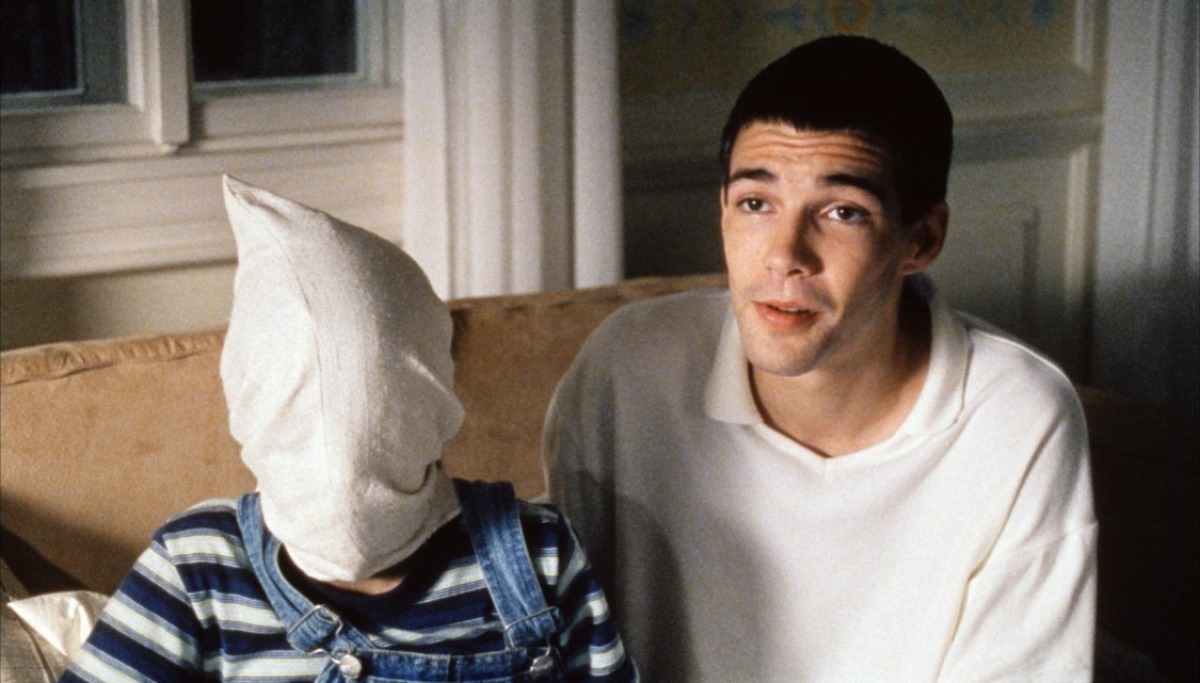
“Funny Games” is considered one of the key meta exercises of the 90s, but curiously enough it doesn’t contain as many meta scenes as some other films on the list. Haneke created a more ingenious and deeper way to makes us reflect on the film we are watching.
“Funny Games” follows a wealthy family traveling to their country house. Suddenly, they start to get annoyed by two young neighbors aggressively asking for eggs. After kicking them out, they come back, turning their aggression into sadism. Half of the film consists of the two neighbors torturing the family and turning it into a game.
In the middle of one scene, one of the torturers looks straight to camera and blinks an eye to us. With this small gesture, and doing something that wasn’t new (breaking the fourth wall), Haneke makes us part of the film to reflect on what we’re watching. It was created as a response to Tarantino and other filmmakers who, according to Haneke, made an entertaining and irresponsible use of violence.
After this scene it is impossible to see the film without thinking about it as a film, and how entertained we are by it. The film is painful to watch, and it is curious how it is less violent than a Tarantino film, and yet it is far more shocking and effective.
15. Mulholland Dr. (David Lynch, 2001)
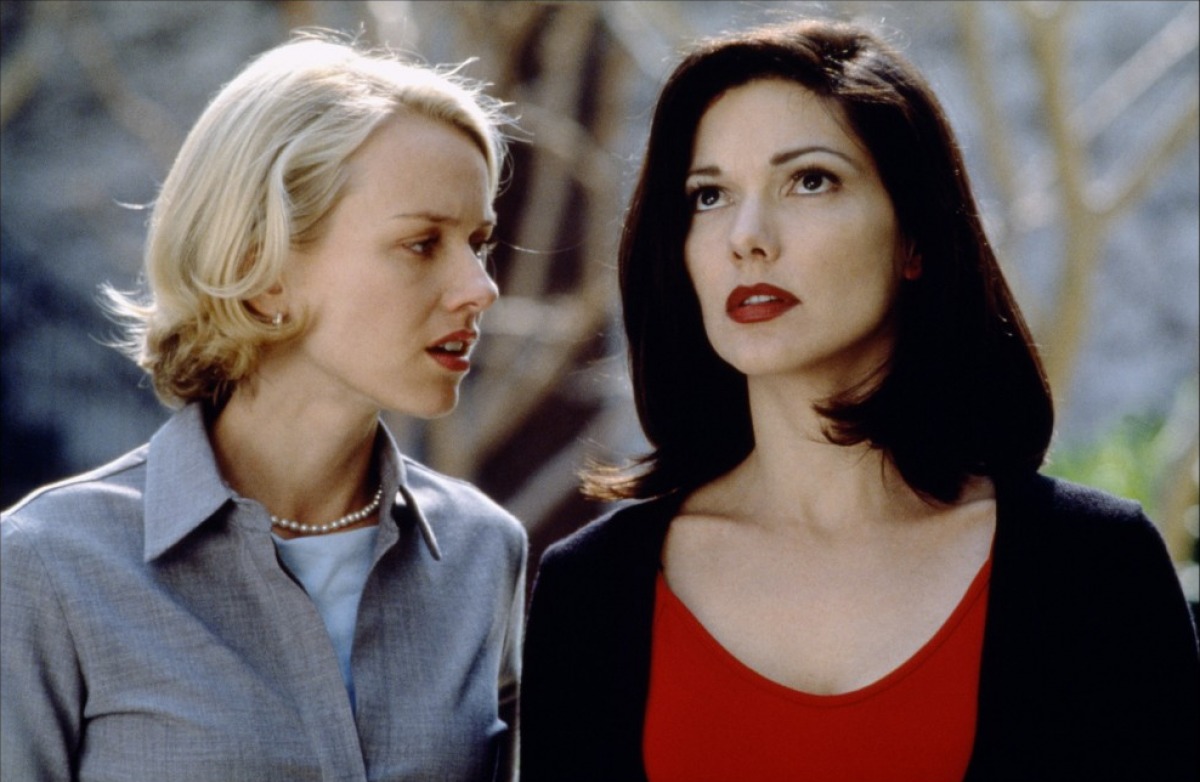
Even if it is not easy to tell at first, Fellini’s influence on David Lynch seems to be pretty big. A spectacle is something big and it can be bigger than life, and the way life plays normally is not so different from a carnival. This Fellini-esque approach is taken to its gloomiest and darkest version in Lynch’s “Mulholland Dr.”
The film is difficult to build as a normal narrative, but the main subplot is a little bit more straightforward. In the middle of the story of Betty (Naomi Watts) helping Rita (Laura Elena Harring) to remember her identity, we see film director Adam Kesher (Justin Theroux) trying to pull out his films, avoiding the pressure of the studio. The producer figure is replaced by a mobster boss, and the figure of the director is seen as puppet made for the use of big studios.
Lynch, like Altman, has always been an outsider inside Hollywood, and it is easy to imagine this scene as a darker and Lynchier version of his own experiences. As the film develops and this subplot is linked and mixed with the main plot, we realize how important those scenes were. Of any of the interpretations made of the film, one of them points to this subplot as the core of the film, and the whole idea of identity swapping as the farcical lifestyle that Hollywood forces you to play.
16. Adaptation (Spike Jonze, 2002)
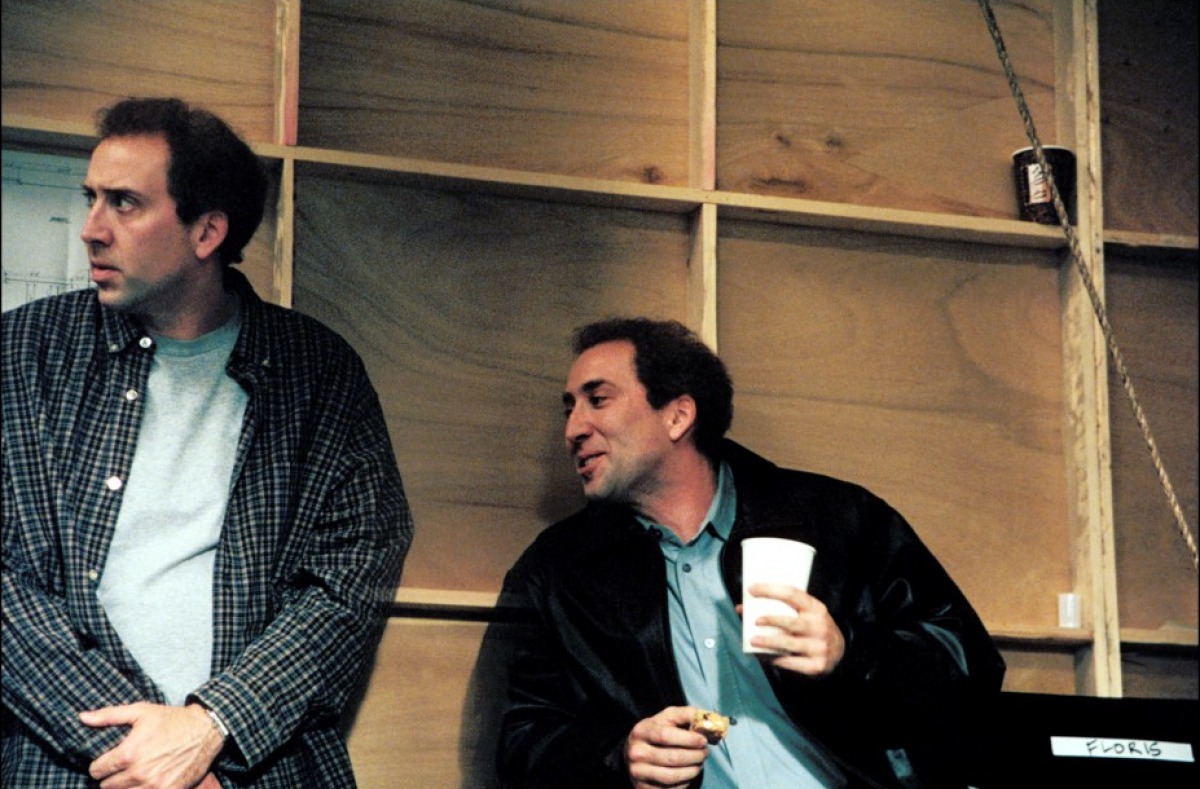
“Adaptation” begins in the middle of one of the scenes of Jonze’s last film. It is funny to say Jonze’s last film, interpreting the director as the omnipotent mind of a film, when “Adaptation” is the first film to make fun of this idea.
Nicolas Cage plays Charlie Kaufman, the writer of “Adaptation” and Jonze’s previous film, and he portrays himself as a loner, the forgotten part of the creative project. Kaufman shows the world the career of a screenwriter as a bleak and ungrateful one, where the success goes to everyone but the writer.
Kaufman exaggerates and makes fun of himself, showing a successful twin brother (Cage again) writing bad-quality screenplays and enjoying life’s pleasures. Kaufman makes fun of the industry, of his own role, but his film has something deep inside, beyond a mockery of film production. “Adaptation” is a portray on creativity as a process, impossible to depart from life itself.
17. My Winnipeg (Guy Maddin, 2007)
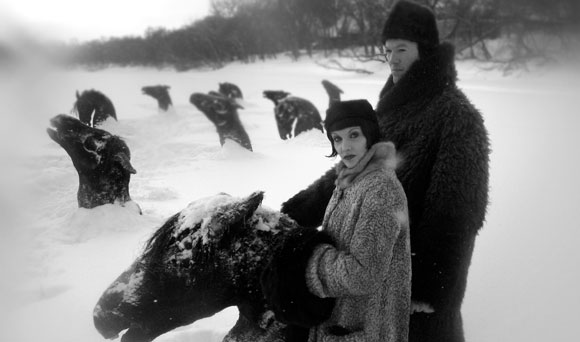
“My Winnipeg” is one of those films that is impossible to label as documentary or fiction or . Guy Maddin makes an autobiography and a portrait of his city at the same time. With this funny and not reliable storyteller, we go through his family history and the importance of his mother through his life.
To represent this, he uses his real mother in the present to portray herself during Maddin’s childhood. If this wasn’t crazy enough, he looks for different actors to play his brothers, and even a dog is cast to play his childhood dog.
Part recreation, part history and part poetry, we can’t know at what point his mother is acting for him, or if she is crazy, and how much Maddin is constructing to make his film have a good narrative. Just as Orson Welles, Maddin presents himself as a liar, a narrator who is not interested in telling any objective vision of the time, and the result is a work that makes us wonder about the nature of a narrative and how much can we rely on a documentary.
18. In the House (François Ozon, 2012)
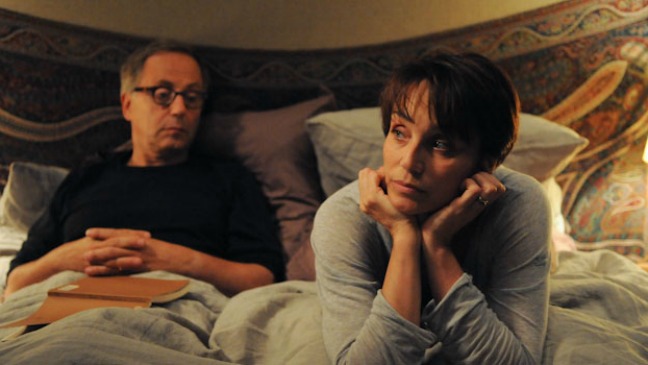
Germain Germain (Fabrice Luchini) is a literature professor guiding his students through creative writing. Reviewing their mediocre efforts, he finds an interesting short tale in the middle. He starts to talk with his student, finding how much reality he was putting into his work.
With this reflection about the nature of creativity, Ozon plays with the many possible ways any narrative can have. The teacher and student start to explore the different narrative ways the tale can have, and at the same time Ozon starts to play the same game with the film we are watching. Any character can die or not die, and any love affair can be invented, or not invented. Ozon shows us how narrative is about decisions, about closing ways and choosing the best options.
The trickery of a drama and the unnatural way a screenplay develops makes us constantly question what we are watching, because when Ozon is not showing us this game he tells us the real plot, only we can’t trust it anymore.
19. The Cabin in the Woods (Drew Goddard, 2012)
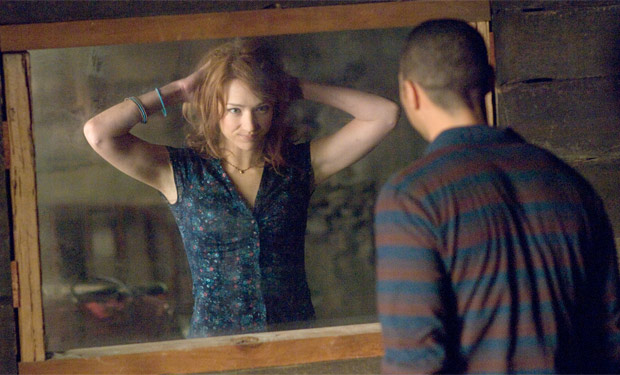
Horror is full of meta-fiction in its franchises: “New Nightmare” (Wes Craven, 1994), “Seed of Chucky” (2004), “The Human Centipede 2” (2011), etc. It seems that horror provides a widely accepted way to portray meta-fiction without creating distance with the audience.
In fact, it’s quite the opposite, as these films make every horror fan identify even more with these victims. “The Cabin in the Woods” is not part of a franchise, but it is very clear the kind of franchise that it’s mocking/honoring. A gang of young adolescents go for a break to a remote area in the middle of the woods.
With an obvious and unoriginal plot, “The Cabin in the Woods” makes a revision of every slasher convention. Every character is part of a clear stereotype in the most obvious and stupid ways. As the film progresses, we have more references, expanding the limits to other horror sub-genres.
Without revealing the plot we can see that the number of films referenced here escalates to an excessive number in one the biggest meta exercises of the last years. Horror has an audience that has no problem accepting some conventions to enjoy the film, so “The Cabin in the Woods” takes one step further and try to make them all.
20. Holy Motors (Leos Carax, 2012)
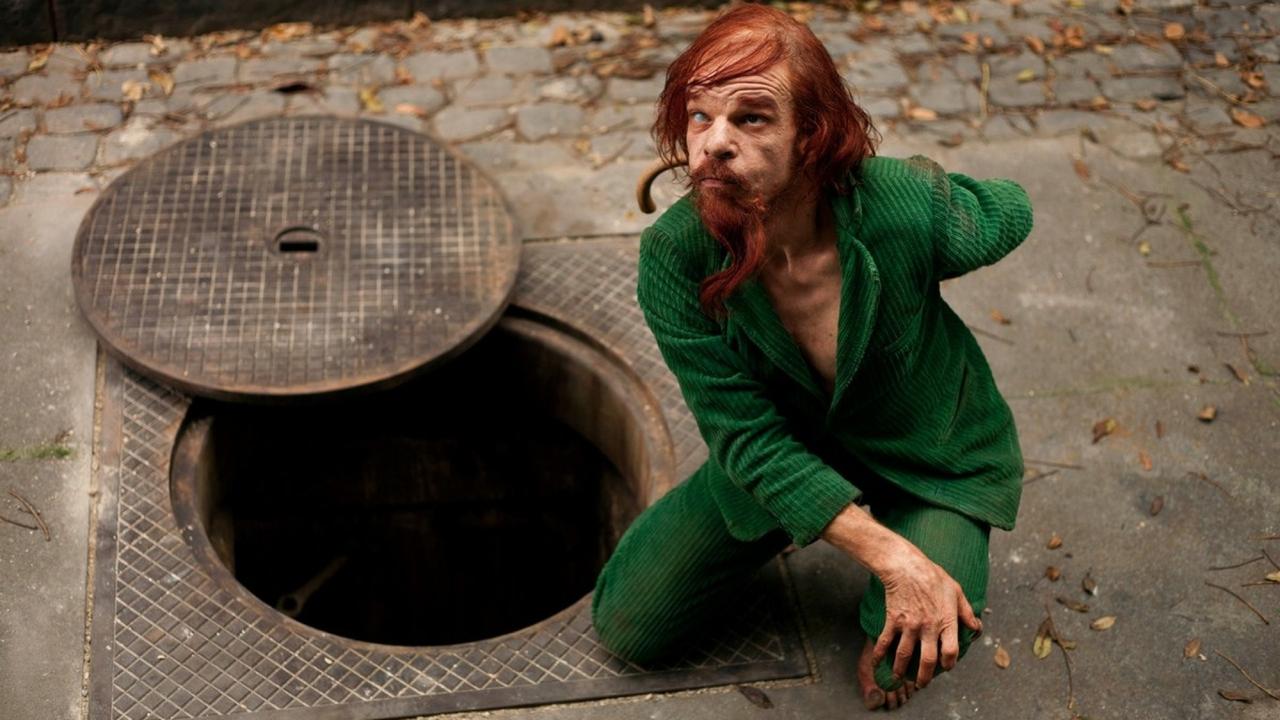
After years of different cinema experiences with auto-referential narratives, it is still possible to come out with a film with a fresh and innovative view on meta-narrative. “Holy Motors” is a film constructed around the meaning of film, and jumps from film’s different stages. For some critics it can be seen as post-meta.
Carax made a film made referencing the way we behave in front of a film. Denis Lavant, his regular actor, portrays a man playing different roles. Mr. Oscar goes around the city in a limousine playing different lives, but he is not in front of a camera, so he is not an actor. He uses makeup and changes his face to get into every new character, jumps out of the limo, plays the character, and goes back to play another one.
Full of references to previous films from both Lavant and Carax, the film is a tribute to Lavant, and a way to go back to some of the primitive innocence of a viewing experience. “Holy Motors” is one of the biggest masterpieces of our decade.
Author Bio: Héctor Oyarzún is a film student in the Valparaíso University of Chile. Since he was a kid, his most important occupation is watching films. He also likes punk music and playing guitar.